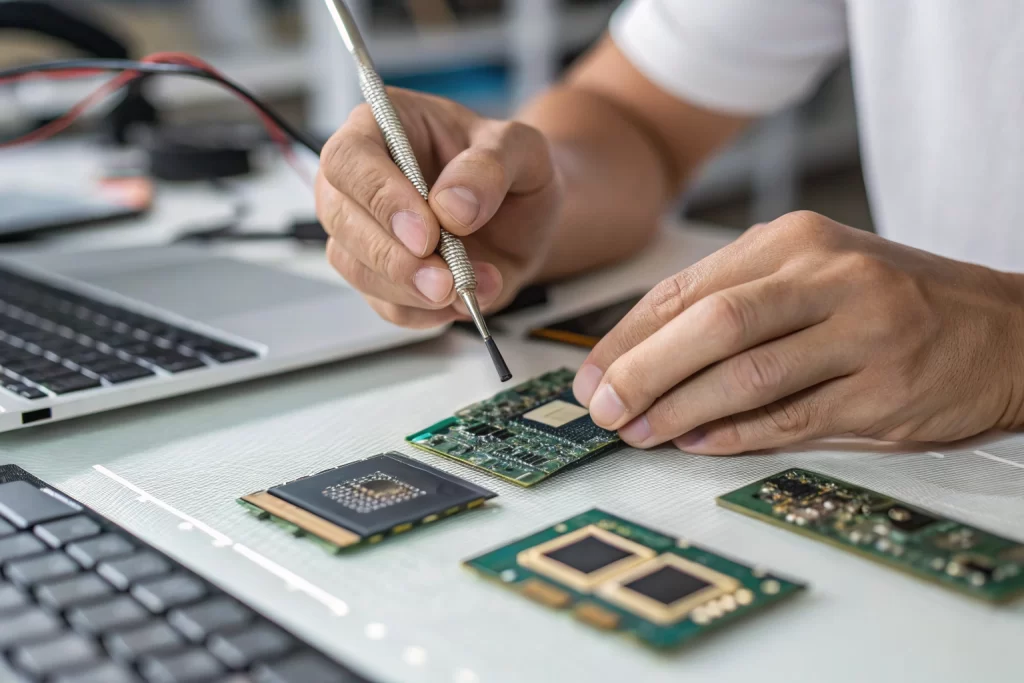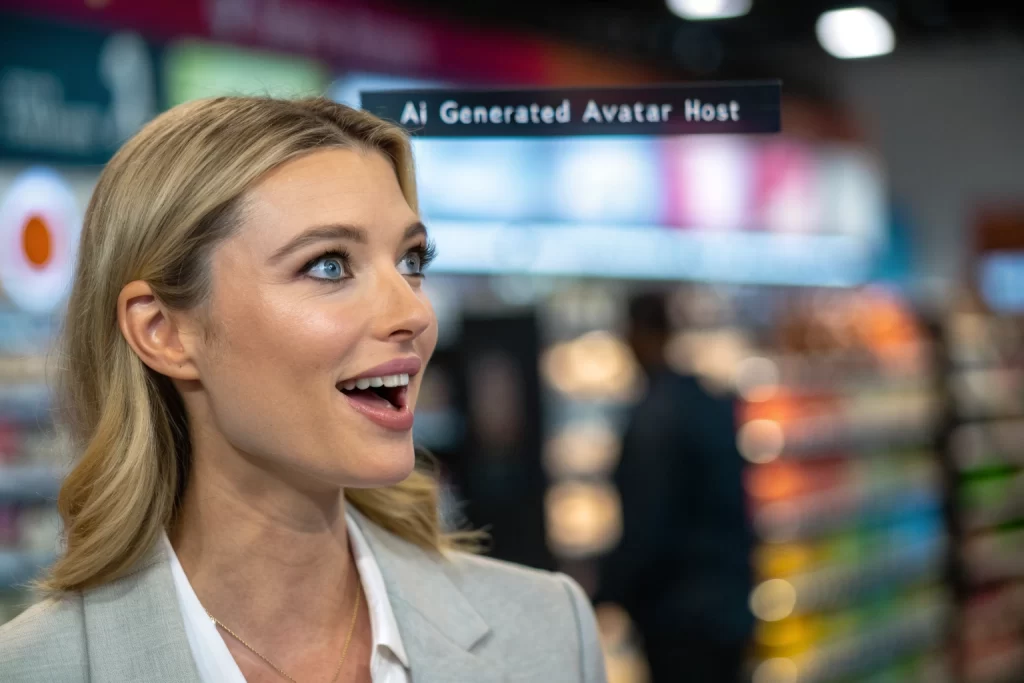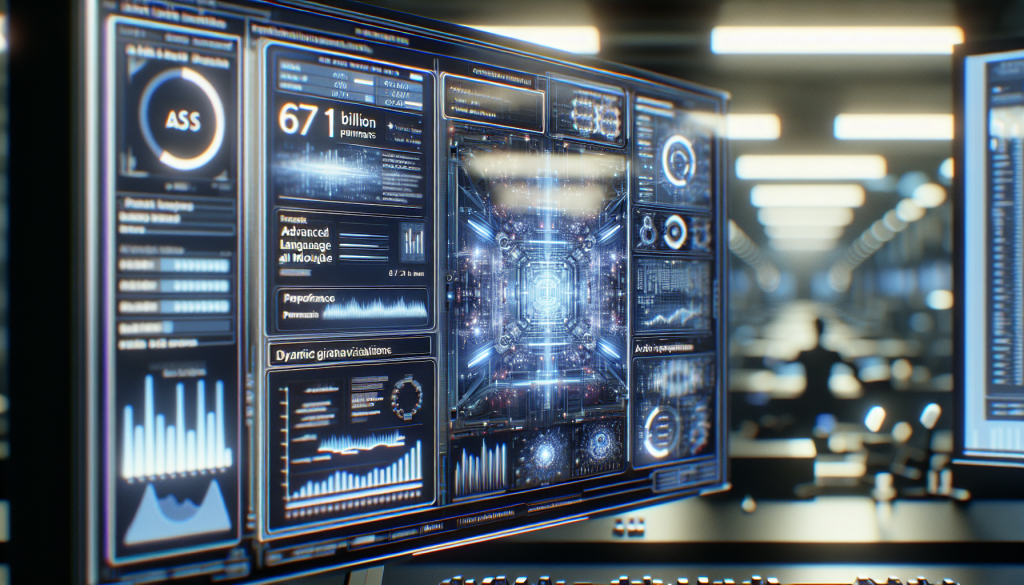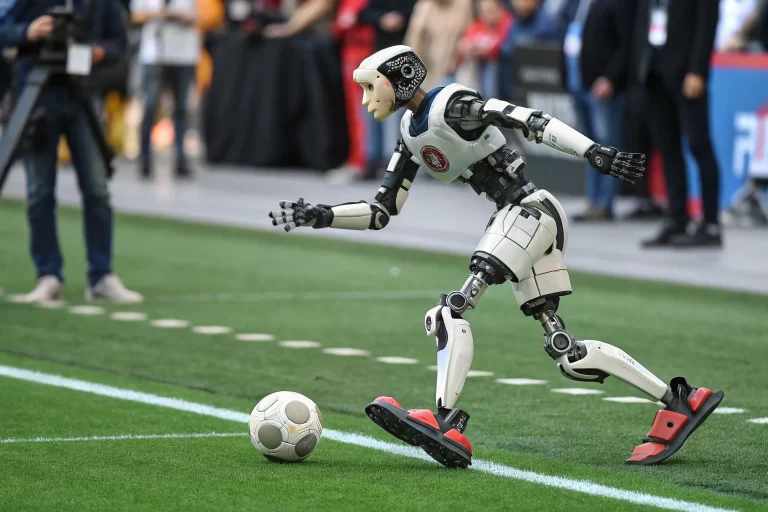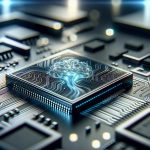
Software 3.0 Emerges as English Becomes New Code, Empowering Non-Tech Innovators in A-I Landscape
Share your love
As AI continues redefining business and technology, trends like Software 3.0 are transforming how we build and interact with applications—no coding required. English has become the new programming language, lowering barriers for non-technical creators. Simultaneously, competitive moats are shifting toward intuitive AI interfaces and customizable automation. Tools like Lindy and MindStudio enable leaders to augment teams with partial autonomy, while platforms like Lovable empower anyone to launch SaaS products. In a landscape where collaboration with AI is key, staying ahead means adapting now—or risk being outpaced by innovation.
Table of Contents
– Exciting Developments in AI
– Software 3.0: The Next Operating System?
– The Evolution of Competitive Moats
– Immediate Action Plan for Business Leaders
– App Development Made Easy
– Insights from Elon Musk
– Conclusion
Welcome!
Hello and welcome to AI Tech News Today! I’m Aurora, your guide to the latest happenings in the world of Artificial Intelligence, and I’m joined as always by my co-host Isabelle. Today is June 20, 2025, and we’ve got some exciting news lined up for you.
Exciting Developments in AI
Software 3.0: The Next Operating System?
First up, let’s talk about Software 3.0. What if AI becomes the next operating system? Andrej Karpathy recently gave a mind-bending presentation at Y Combinator’s AI Startup School, suggesting a revolutionary thought—English has become the new code. This means that even those without a technical background can create software, opening doors to unprecedented opportunities for smaller teams.
It’s a moment for business leaders to disrupt themselves before being disrupted by their customers.
The Evolution of Competitive Moats
Next, let’s discuss competitive moats. Traditional moats such as proprietary algorithms and technical complexity are starting to crumble. Emerging instead are new forms, including:
- Intuitive interface designs for AI interactions
- Frameworks that provide users with control over the level of automation
Companies that can make collaborating with AI feel natural will lead their industries!
Immediate Action Plan for Business Leaders
Feeling overwhelmed by these changes? Here’s your immediate action plan:
- Start implementing partial AI autonomy in your workflows.
- Don’t aim to replace humans entirely—augment them instead.
For example, new tools like Lindy and MindStudio can help you integrate AI effectively.
App Development Made Easy
In other news, if you’ve ever dreamed of turning your ideas into apps without years of coding knowledge, look no further than Lovable. In a recent interview, Anton Osika demonstrated how anyone can create a SaaS application from a single prompt.
This kind of accessibility might just reshape how we think about app development in the near future!
Insights from Elon Musk
Finally, Elon Musk recently weighed in on the future of AI and its implications for superintelligence. As usual, his insights are both enlightening and a bit unsettling, hinting at possibilities that blur the line between human and machine intelligence.
Conclusion
To wrap things up, it’s clear that the landscape of AI is shifting rapidly. Whether you are a business owner, a developer, or just an AI enthusiast, staying informed about these trends will be crucial for navigating the future.
Thank you for joining us today, and until next time, stay curious, stay informed, and be ready for what’s coming next!

